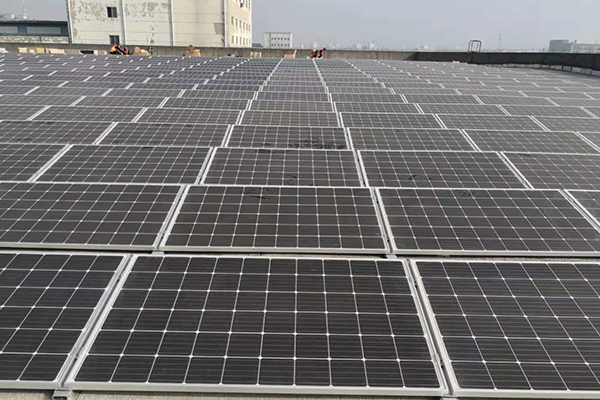The Importance of Battery Thermal Control
The battery pack is the core of an electric vehicle (EV), and its thermal management system plays a crucial role in determining the vehicle’s performance, driving range, and service life. Lithium-ion batteries function best within a narrow temperature window of 20–40°C. Exposure to extreme heat or cold can reduce efficiency, accelerate cell degradation, and in severe cases, lead to safety hazards such as thermal runaway.
Cooling Technologies: From Air to Liquid and Beyond
Modern EVs utilize a variety of cooling technologies, each offering distinct benefits. Liquid cooling—now the most prevalent method—circulates a water-glycol mixture through dedicated channels around the battery cells. This approach ensures precise temperature control and even heat distribution, making it ideal for high-performance vehicles.
Air cooling, though simpler and more cost-effective, uses fans to circulate ambient or conditioned air. However, its thermal efficiency diminishes significantly in extreme climates. Emerging solutions, including phase-change materials (PCMs) and direct refrigerant cooling, are gaining momentum. These technologies absorb substantial heat during phase transitions, offering effective passive thermal management.
Design Considerations for Effective Cooling
Designing an efficient cooling system requires careful attention to heat dissipation capability, energy efficiency, and seamless integration with the vehicle’s broader thermal architecture. Advanced systems are increasingly equipped with temperature sensors that monitor individual cells in real time. These sensors allow dynamic control—adjusting coolant flow rates or fan speeds based on demand. During high-load conditions such as fast charging or highway driving, the system intensifies cooling to prevent overheating. In cold weather, it can activate heating modes to maintain optimal battery function, thereby safeguarding range and charging performance.
Smart, Lightweight, and Scalable Solutions
Innovations in materials and system design are reshaping the EV thermal landscape. Manufacturers are focusing on lighter, more compact cooling systems with enhanced thermal conductivity. This reduces overall vehicle weight and energy consumption. Modular system architectures now enable flexible scalability, accommodating a wide range of battery pack sizes from small city cars to heavy-duty commercial EVs.
Moreover, intelligent algorithms are being embedded into thermal management software. These predictive tools analyze usage patterns and environmental conditions to optimize cooling performance. In some cases, such smart systems have demonstrated the ability to extend battery lifespan by up to 30%.
The Road Ahead
As the global transition to electric mobility accelerates, the development of efficient and intelligent battery cooling systems remains a top engineering priority. By balancing energy efficiency, safety, and cost, these systems are vital to unlocking the full performance potential of EVs—ensuring they remain reliable across diverse driving conditions and climates worldwide.



